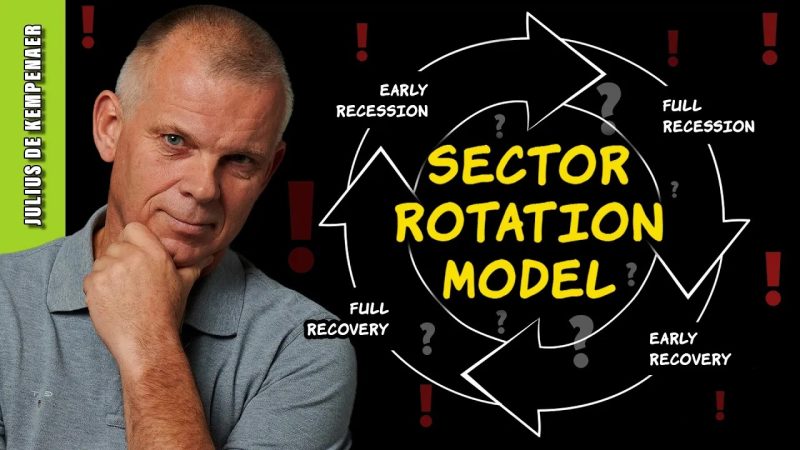Sector Rotation Model Flashes Warning Signals
The concept of sector rotation in the stock market is crucial for investors seeking to optimize their portfolios and stay ahead of market trends. A sector rotation model is a strategy that involves shifting investments between different sectors of the economy based on the stage of the economic cycle. By anticipating which sectors are likely to outperform or underperform at a given time, investors can capitalize on opportunities and reduce risk exposure.
According to the sector rotation model discussed in the article, there are some warning signals that investors should pay attention to. These signals can provide valuable insights into the potential shifts in market dynamics and help investors make informed decisions.
One of the key warning signals highlighted in the sector rotation model is the performance of defensive sectors relative to cyclical sectors. Defensive sectors, such as utilities and consumer staples, tend to perform well during economic downturns or periods of market volatility, while cyclical sectors, such as technology and industrials, are more sensitive to economic conditions and tend to perform better during periods of economic expansion.
When defensive sectors outperform cyclical sectors, it may indicate that investors are becoming more risk-averse and seeking safety in defensive investments. This shift in sentiment could be a warning sign of potential market turbulence or a slowing economy. Conversely, if cyclical sectors outperform defensive sectors, it may signal increased investor confidence and expectations of economic growth.
Another important warning signal to consider is the performance of small-cap stocks relative to large-cap stocks. Small-cap stocks are typically more volatile and sensitive to changes in market conditions compared to large-cap stocks. When small-cap stocks outperform large-cap stocks, it may suggest that investors are optimistic about economic prospects and willing to take on more risk. On the other hand, if large-cap stocks outperform small-cap stocks, it could indicate a flight to safety and risk aversion among investors.
In addition to sector and market cap performance, other factors such as interest rates, inflation, and geopolitical events can also influence sector rotation patterns. For example, rising interest rates may benefit financial sectors but weigh on interest rate-sensitive sectors like utilities and real estate. Geopolitical tensions or trade disputes can impact sectors with global exposure, such as materials and technology.
Overall, monitoring warning signals from a sector rotation model can help investors navigate changing market conditions and position their portfolios accordingly. By staying informed about sector trends, economic indicators, and market dynamics, investors can adapt their investment strategies and potentially capitalize on opportunities while managing risk. It is essential for investors to conduct thorough research, analyze relevant data, and seek professional advice when making investment decisions based on sector rotation models.


































